How to organize toys in a small living room – to maintain a fun, functional and fabulous space
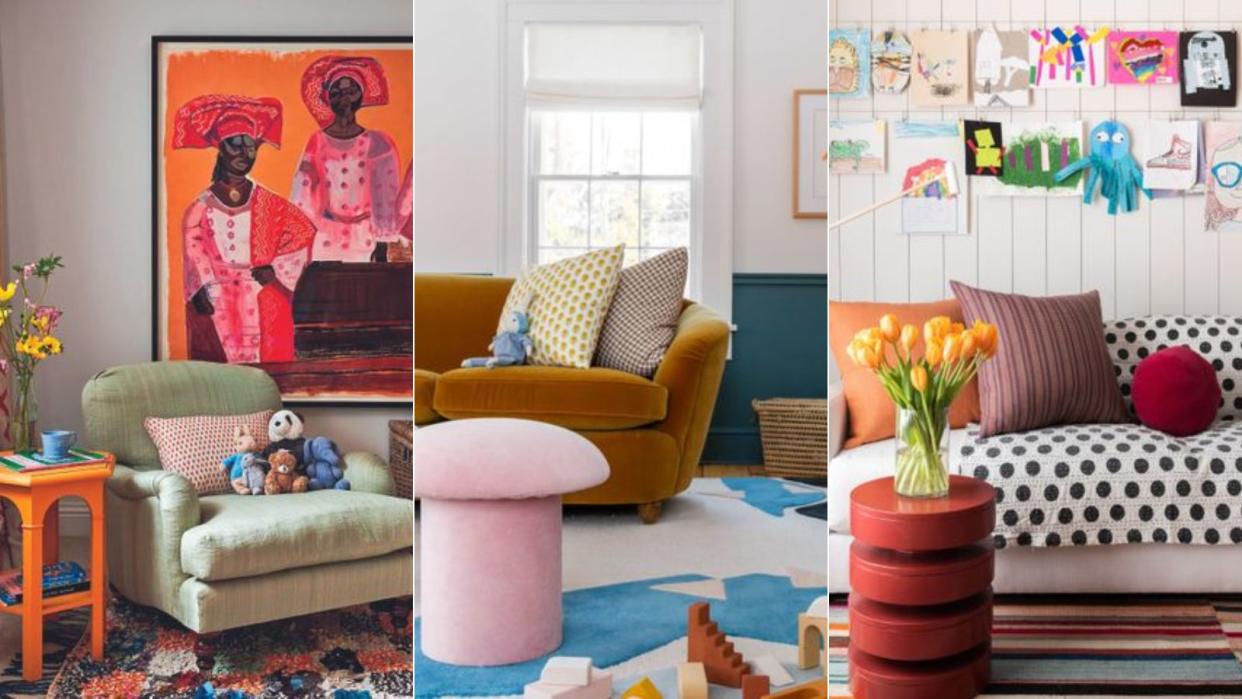
Organizing toys in a small living room is essential to its success. After all, living rooms are the hub of leisure activities, and for those with children, playtime. However, finding a balance between a practical but good looking space and de facto playroom is tricky in more compact rooms. Which is why it's particularly essential to keep toys organized in a small living room.
Organizing toys in a small living room requires an efficient use of space, using clever storage solutions to avoid clutter. Perhaps even including your child in the process, bearing in mind their changing interests and needs while keeping aesthetics in mind will also help you maintain a neat and inviting space.
Our experts have provided their top tips to help you organize your small living room so that you can easily accommodate and organize toys. This should help you to maximize space and accommodate your child's playtime needs.
How to organize toys in a small living room?
To organize toys in a small living room you need some seriously good toy storage ideas and space saving, small living room organizing tips that will help you and your child maintain a routine that should keep your space ordered with minimal effort.
They needn't look functional; playroom storage ideas might best be swapped out for better-looking small living room storage ideas, while you may need to rethink your small living room layout ideas to hide items you don't want to see (read: toys), and to show off those you do (think: stylish coffee table books).
1. Categorize the toys
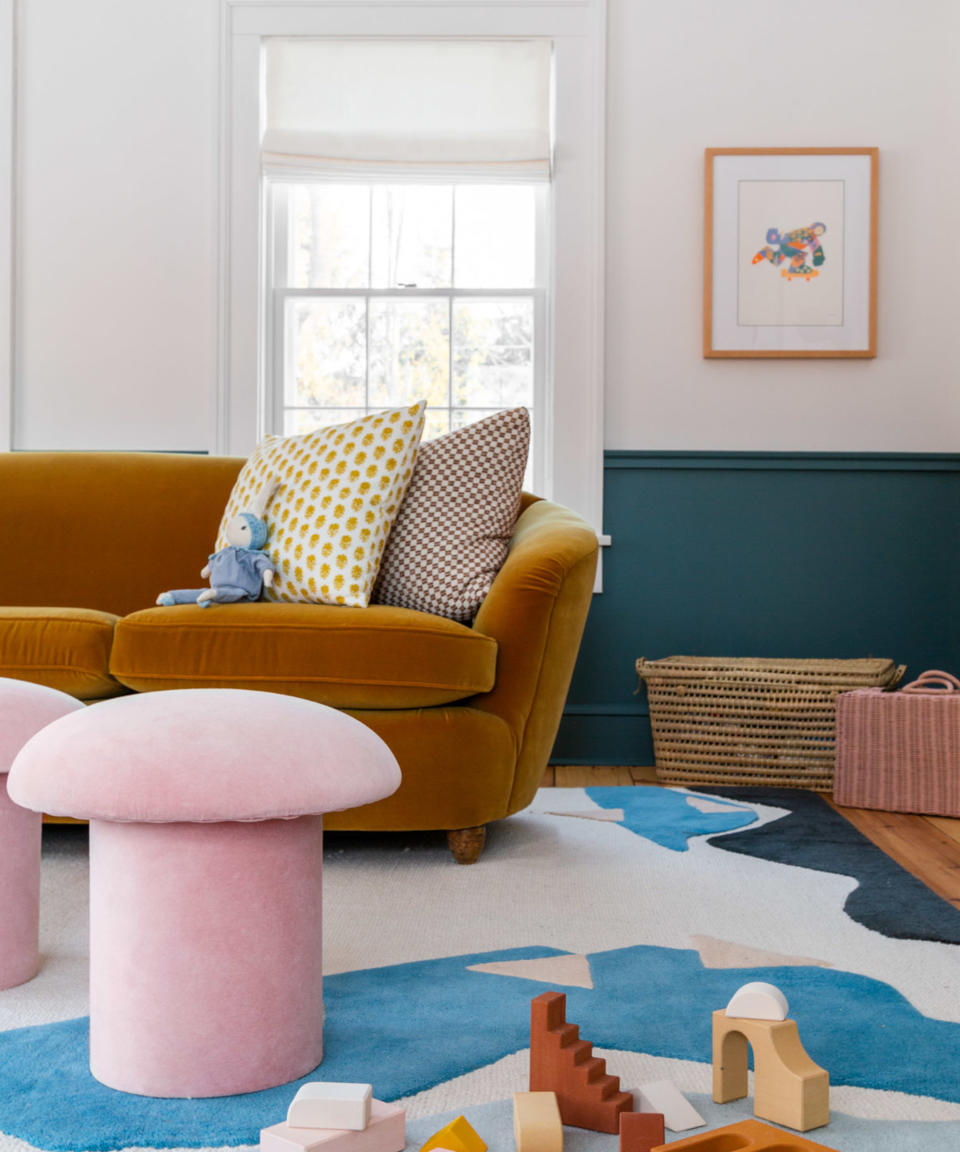
Start by getting all the toys out and categorizing them into groups such as type, ie, building blocks, dolls and action figures, art supplies, educational toys. If you have children of different ages you can categorize their respective toys, or sort them in terms of frequency of use.
'This will make it easier to find what your child is looking for and also helps you keep track of all the pieces,' says Patrick Grayson, a home design and real estate expert of Paramount Property Buyers.
This can also help you identify which items can be donated or stored elsewhere. You can then declutter your kids' toys that are unused, broken or no longer age-appropriate. This is an essential step that will help you in later tasks.
2. Keep a rotation

'Implement a rotating system for toys', advises Karina Toner, Operations Manager at Spekless Cleaning. 'Store only a portion of the toys in the living room at a time, and periodically swap them out with toys from storage. This keeps the room looking organized while reducing clutter.'
This is one of the benefits of categorizing toys by frequency of use, since you will be able to sort which infrequently used toys may not need to currently be in the living room and can be rotated back in at a later date.
Nick Valentino, professional mover from Bellhop Movers adds, 'Keep exactly one bin of toys in the living room at a time, and put other toys away in a closet, bedroom, or attic. Once each week or month, or whenever your children get bored with their options, switch the current bin out for another one. The novelty of these toys that they haven't seen in a while will boost their interest and enjoyment, and you'll be able to keep at least some space in your living room for yourself.'
3. Utilize storage boxes and open storage
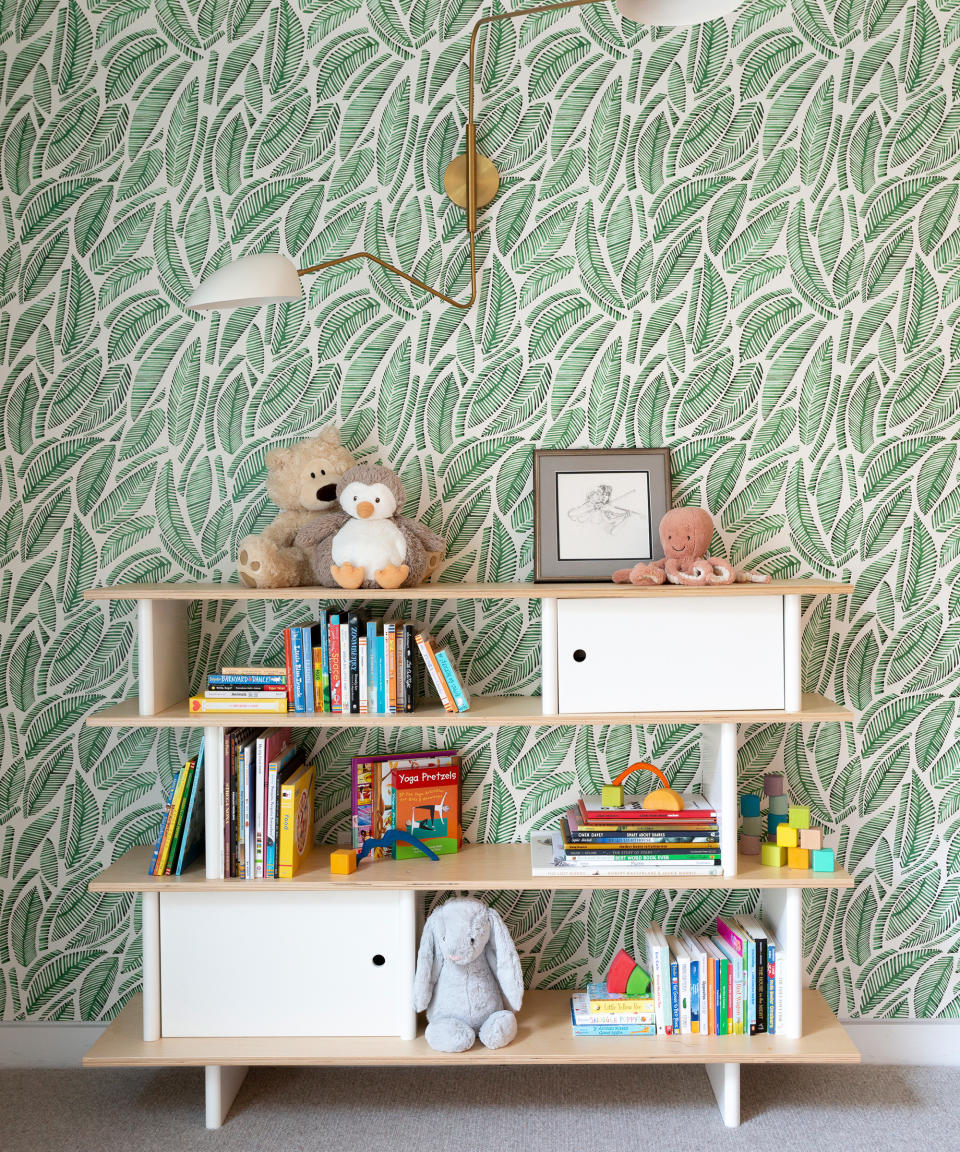
One of the key ways to keep the toys in your living room organized is by having your little one tidy up after playtime by themselves, and the easiest way to make this happen is by providing them with easy to use storage options.
Open storage and storage boxes are an easy way for your child to visualize where they need to keep their toys after playing. Pitch these areas to your child as their toys' home, this should help them keep their areas organized.
Vertical storage options such as shelves are also great for small living rooms to maximize the space you have. Install open shelves such as wall mounted shelves to neatly display some toys, and use baskets that are cohesive with your living room's color scheme to quickly hide toys away with no effort. We recommend these Mainstays Collapsible Cube Fabric Storage Bins from Walmart. You can even label each bin or basket with the specific toy category to facilitate easy retrieval and tidy storage.
Karina Toner says, 'Create an artistic display by hanging shallow shelves or ledges in a creative pattern on one wall. This not only keeps toys off the floor but also transforms them into a unique wall decor element.
'Similarly, if your child has an impressive collection of action figures, dolls, or model cars, turn them into an artful display. Install floating shelves at varying heights and angles to showcase their favorites, creating an engaging and decorative element in the room.'
4. Create zones
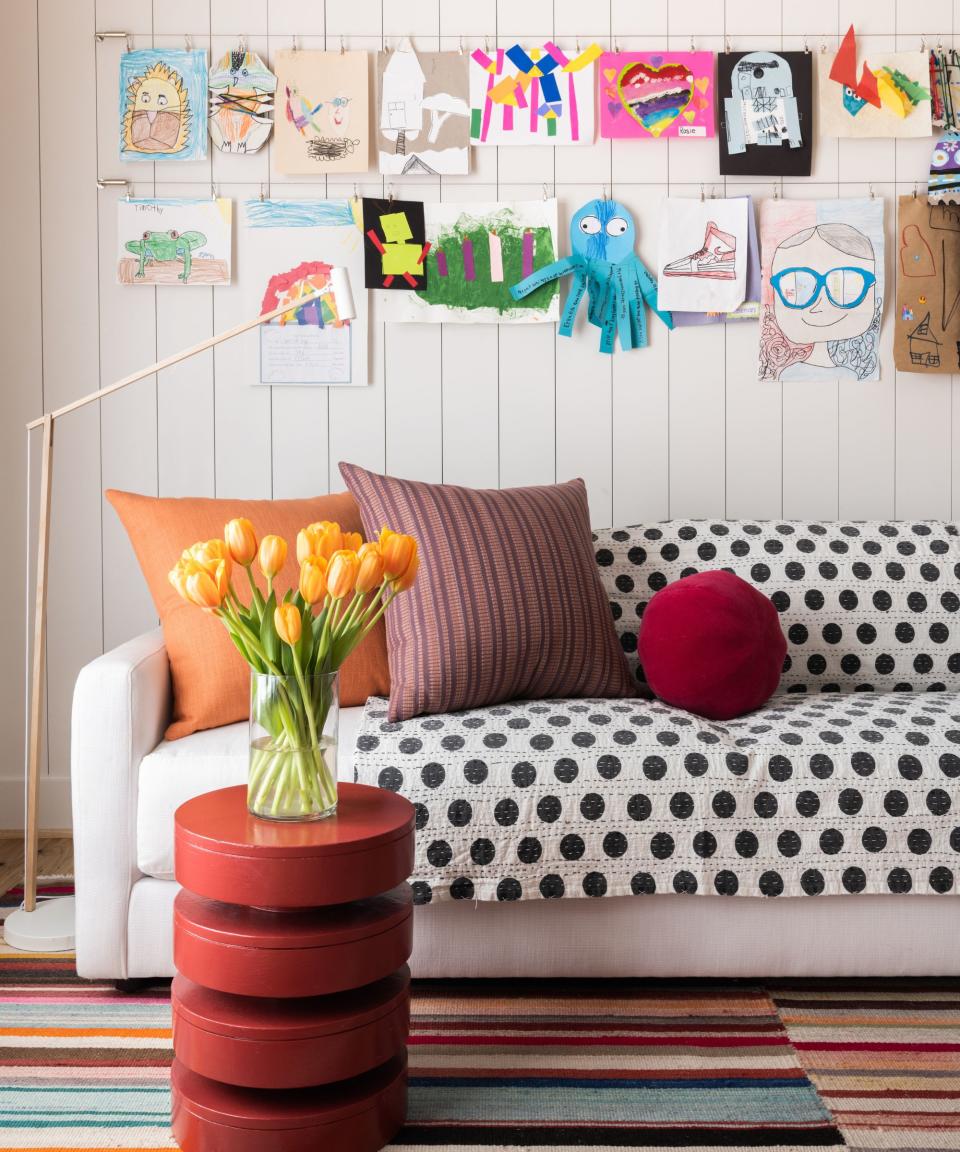
Creating play and toy zones can keep mess and clutter to a minimum and will make tidying up your living room much easier. This one of the cardinal small living room layout rules for keeping kids' areas organized.
'Define specific play areas within the living room using rugs or floor cushions. This visually separates the space while also making it easier to contain the toys within designated zones,' recommends Angela Rubin at Hellamaid.
Tiered rolling carts can be a great investment to keep toys in a designated toy area, such as this Myfurnideal 3 Tier Mesh Utility Cart from Walmart.
Karina Toner, operations Manager at Spekless Cleaning recommends, 'Utilize tiered rolling carts with multiple shelves. These can be easily moved around and positioned wherever needed. They're perfect for storing art supplies, board games, or smaller toys.'
5. Use hidden storage
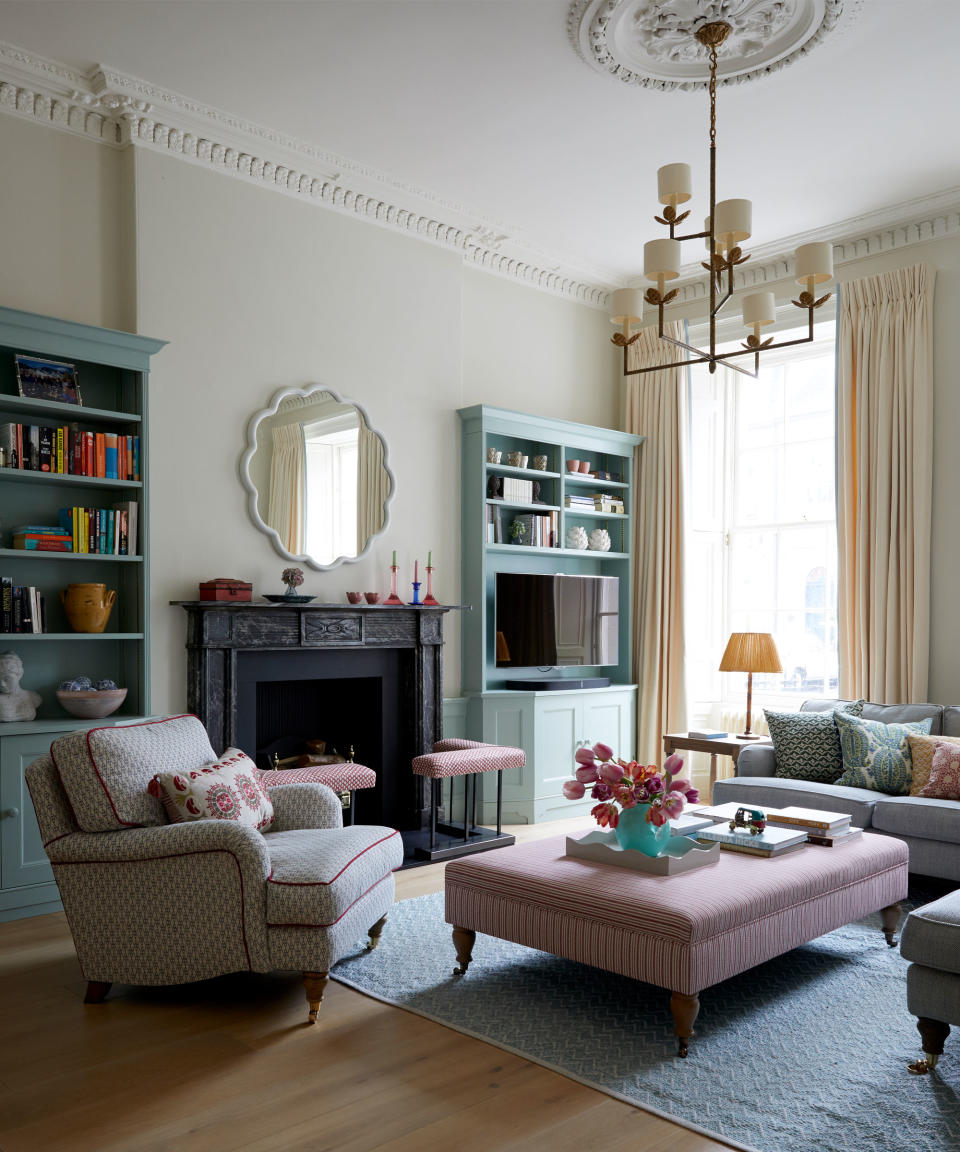
'When organizing toys in a small living room, it is imperative to have furniture that serves dual purposes', suggests Robyn Reynolds, owner of Organize2Harmonize.
Nathaly Vieira, founder of Inspire Clean advises, 'If you have furniture, use it as a way to store items. For instance, ottomans are great for storing large toys and can also be used as seating. You could also use the space underneath furniture such as sofas or armchairs to store bins of toys and blankets. The goal is to find storage solutions that also fit with the aesthetics of your home.'
Chi Ip, owner of Tidy Here Cleaning Service Boston adds, 'If you have any cabinets in the living room, utilize the bottom drawers as storage for toys. This will give your children direct access to their stuff. It will also make cleaning up easier since you can dump everything in the drawer without having to arrange it.'
Coffee tables or footstools with lift-up lids are as useful for hiding away toys. Wayfair's lift top coffee tables, for example, give you a good idea of the clever variations on offer. Since the aim is to keep your toys easily organized to maximize and perhaps even make your small living room look bigger, finding smart, multifunctional storage solutions is the ideal.
6. Involve your children in the organizing
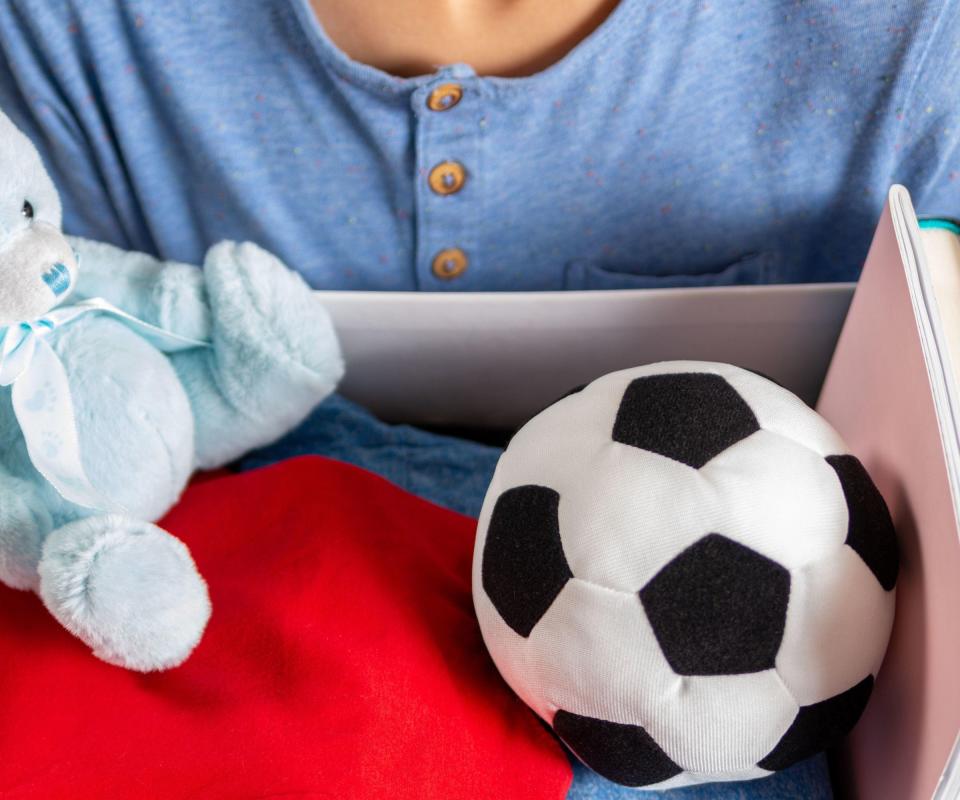
'Finally, don't forget to involve your kids in the process of organizing their toys', suggests Jacky Chou, Principal and Director at Archute. 'You can teach them how to sort their toys into categories, how to label their baskets and bins, how to put their toys away after playing, and how to respect your living room's rules.'
Jacky continues, 'You can also ask them for their opinions on how they want their toys to be displayed or stored. By doing this, you will not only make your living room more organized and beautiful, but also foster your kids' sense of responsibility and creativity.'
FAQs
What can toys be stored in in a living room?
If shelving, multifunctional furniture and storage boxes don't fit your storage needs in your living room, toy chests can be an excellent alternative. They can hold a large number of items without you needing to neatly tidy them away. They also come in a range of colors, sizes, shapes and styles, meaning you can find one that's a perfect fit for your living room. We recommend this Child Craft Harmony Wood Toy Box from Amazon; its gray colorway means it will fit into most schemes effortlessly, and it can be easily repainted.
Having a beautiful small living room starts with it being well organized and clutter free, so finding easy routine and every-day solutions will keep toy clutter at bay and is the cornerstone of having a well-functioning family space.
'The goal is to strike a balance between maintaining an organized and functional living room while providing a space where children can play, learn, and explore. Don’t be afraid to customize the organization solutions to match your family's lifestyle and preferences while keeping it adaptable to your child's needs as they grow', says Karina Toner.

